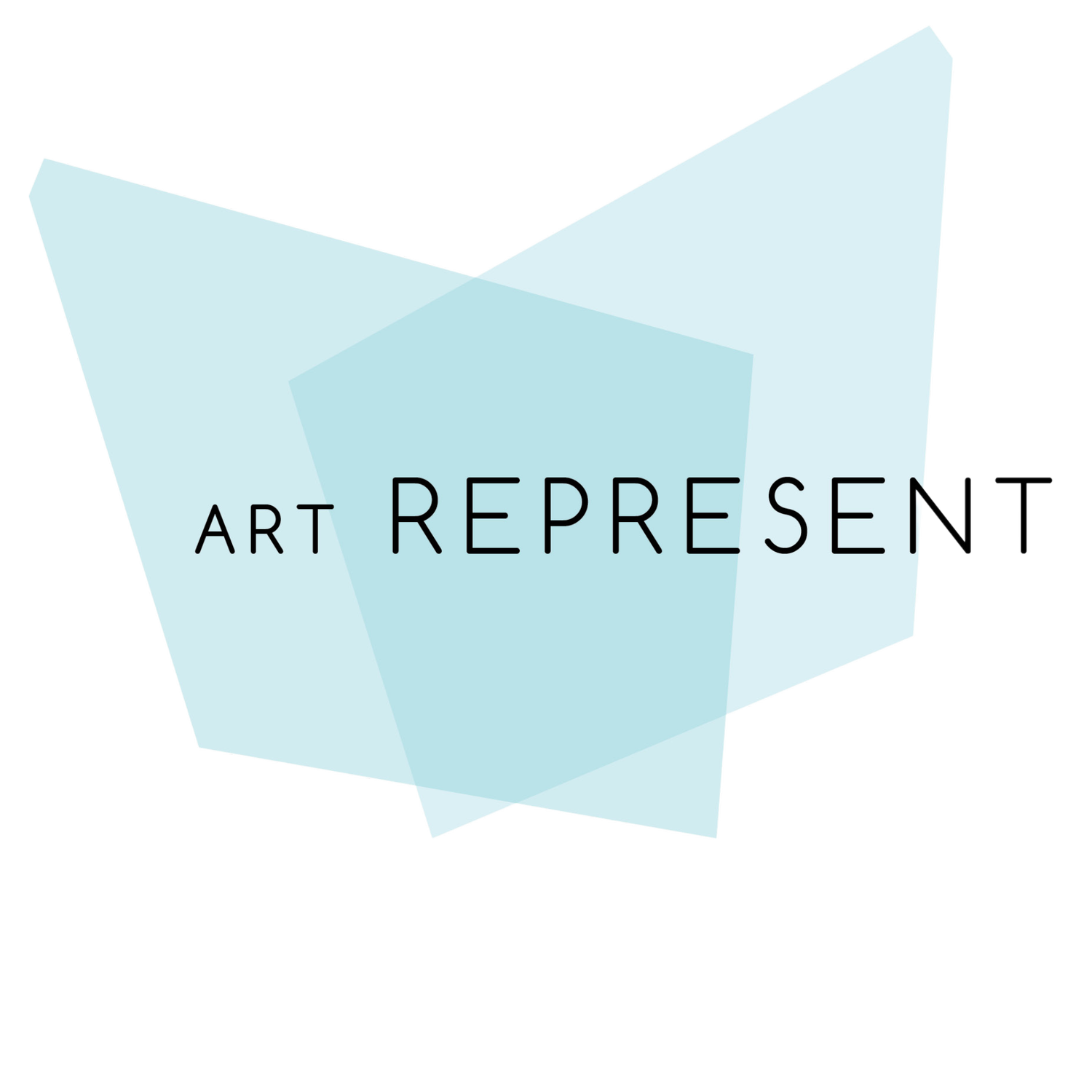Imranovi and Art in the Internet Age
The exponential growth of new forms of media in the early years of the 21st Century has perhaps defined our generation like nothing else, and in the context of the contemporary art world, the likes of Instagram and Facebook are becoming increasingly valuable tools for identifying emerging talent. Given the worldwide use of the internet, it could also be argued that the art world has undergone something of a democratization process in recent times, whereby non-Western artists, traditionally marginalized by the markets and institutions of the West, are able to share and promote their works more successfully than ever before.
UAE-based Syrian artist Imranovi, whose ‘Modern Face of Syria’ exhibition opened at our Bethnal Green gallery space last month, is a prime example of this trend. Forced to flee his homeland in order to avoid conscription into the military of the Syrian regime, Imranovi began using social media primarily as a means to share his thoughts on the ongoing conflict, which he cites as the ‘most influential’ form of activism from abroad. ‘Currently, I post on Facebook and Tumblr, but in terms of creating interaction, Facebook is faster at spreading the attention’.
Whilst Imranovi regards social media platforms as effective in terms of their global reach, and express that in his view, they have proven that spreading an image tends to be more powerful than a written message, he remains disappointed by the disparity between the digital and the tangible. ‘Many times, artworks never materialize but instead remain virtual. What I think is missing is this interaction between the real world and the virtual world.’
Not only was Imranovi discovered and contacted on Facebook by the Art Represent team, but it was also Imranovi’s familiarity with digital technologies that led him to become a graphic artist as opposed to using other more traditional techniques in his practice. ‘I used my knowledge of computer software…so for me, how to make art wasn’t so important, but rather what to make in order to help the revolution’. ‘Maybe I will switch to painting when I develop my skills’.
Whilst Imranovi’s experience highlights social media’s merits both for emerging artists and for galleries seeking out the next big thing, its growing raises a number of important questions. For instance, are artists being selected for representation and exhibition on the basis of artistic merit, or instead, on their understanding of the tools they use to promote themselves? Furthermore, might there be a pronounced difference between what is of interest to an online community and what is of interest to collectors? Also, it is important to note that although the internet plays an enormous role in our lives, there are surely scores of fantastic artists still without access to the resources or tools needed to spread their work online, particularly in areas of conflict and social upheaval.
At Art Represent, an important aim for our platform is to establish a strong infrastructure of support for our artists, providing them with the skills and resources they need to manage their careers successfully: for which the effective use of social media will certainly play no small part. For now, Imranovi is content in the knowledge that Art Represent is able to support artists like him who have been directly affected by conflict. ‘The results of war, from refugees to destruction and death take all the attention. I think it’s a great idea to help artists get their messages across for people to see the atrocities of conflict’.
- Edited by George King



